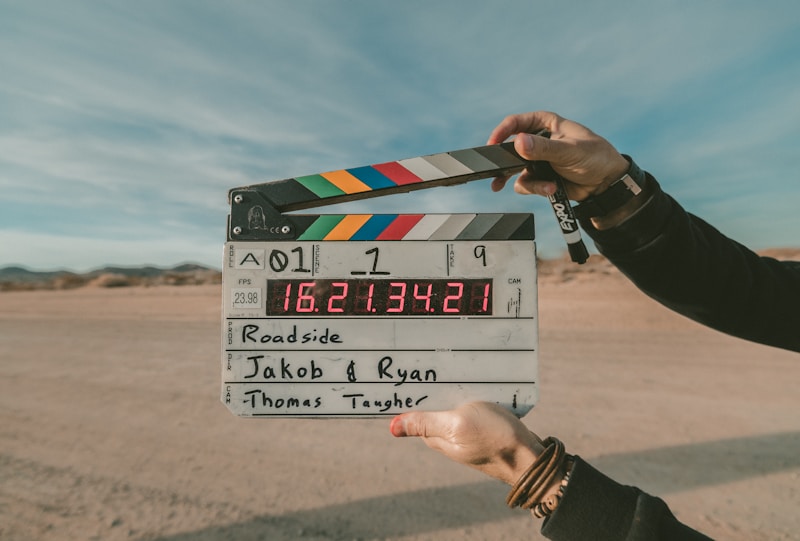OpenAI unveiled Sora 2, its next-generation video AI model capable of producing cinema-quality 60-second videos from text prompts. The launch, announced alongside availability on Microsoft's Azure AI Foundry, marks a significant milestone in generative video technology—moving from experimental demos to production-ready tools for professional creators.
What's New in Sora 2
Building on the original Sora's foundation, version 2 introduces substantial improvements:
- 60-second maximum duration (up from 20 seconds)
- Cinema-quality resolution with improved detail and consistency
- Enhanced physics understanding for realistic motion
- Better temporal coherence maintaining consistency across scenes
- Faster generation times enabling iterative creative workflows
- Improved prompt adherence accurately interpreting complex instructions
The model can now generate professional-grade footage suitable for commercial production, advertising, and filmmaking—not just proof-of-concept demos.
Azure Integration Strategy
OpenAI's decision to make Sora 2's API available first through Azure AI Foundry (the international version) signals a strategic enterprise focus. This approach provides:
Scalability: Azure's global infrastructure handles the massive computational requirements for video generation at scale.
Enterprise credibility: Enterprises trust Microsoft's cloud platform for mission-critical workloads, lowering barriers to Sora adoption.
Compliance and security: Azure's certifications address regulatory requirements that concern enterprise customers.
Integrated workflows: Developers can combine Sora with other Azure AI services, creating comprehensive video production pipelines.
This marks the first time Sora's API is accessible via any cloud platform, transitioning the technology from research project to commercial service.
Creative Applications
Professional creators are exploring Sora 2 across multiple domains:
Advertising: Rapid concept visualization and A/B testing of creative ideas without expensive production shoots.
Film and TV: Pre-visualization for complex scenes, storyboard animation, and visual effects planning.
Marketing: Social media content creation, product demonstrations, and brand storytelling at scale.
Education: Instructional videos, historical recreations, and scientific visualizations that were previously cost-prohibitive.
Gaming: Cinematic cutscenes, trailer creation, and promotional content generated quickly for iterative feedback.
Technical Capabilities
Sora 2 handles scenarios that stumped earlier generative video models:
- Complex camera movements including dolly shots, pans, and aerial perspectives
- Multiple characters maintaining consistent appearance and interactions
- Varied lighting conditions from sunrise to nighttime, indoor to outdoor
- Dynamic scenes with realistic physics for water, fire, cloth, and other materials
- Text integration rendering legible on-screen text and signage
These capabilities approach professional production quality, though experienced filmmakers can still identify AI-generated content through subtle inconsistencies.
Competitive Landscape
The AI video generation market is rapidly evolving:
- Google's Veo 3.1 recently added native audio generation
- Runway's Gen-3 continues iterating with creative tools
- Stability AI develops open-source video alternatives
- Adobe integrates AI video into Creative Cloud
OpenAI's advantages include GPT integration for sophisticated prompting, Azure's enterprise reach, and brand recognition. However, competitors aren't standing still—the race for video AI supremacy intensifies weekly.
Ethical Considerations
OpenAI implements safeguards addressing generative video concerns:
- Watermarking: All Sora-generated videos include visible and invisible markers
- Content policies: Restrictions prevent generating violence, nudity, and copyrighted characters
- Deepfake prevention: Facial recognition blocks attempts to impersonate real individuals
- Usage tracking: Azure integration enables audit trails for enterprise accountability
Despite these measures, concerns persist about misinformation, job displacement in creative industries, and copyright implications when AI trains on existing video content.
Pricing and Access
Azure AI Foundry offers Sora 2 through API access with pricing based on:
- Video duration: Longer clips cost proportionally more
- Resolution: Higher quality outputs increase compute costs
- Generation speed: Priority processing available at premium rates
- Monthly volume: Enterprise discounts for high-volume users
OpenAI plans broader public access through ChatGPT Plus and Pro tiers, though timing remains unannounced. The Azure-first strategy prioritizes enterprise revenue before consumer availability.
Developer Opportunities
The Sora 2 API enables developers to build applications leveraging AI video:
- Automated video editing tools for creators
- Product visualization platforms for e-commerce
- Educational content generation at scale
- Social media management with AI-generated videos
- Virtual production assistance for filmmakers
These applications could spawn entirely new software categories, much as DALL-E and Midjourney created new markets for AI image generation.
Industry Impact
As Sora 2 and competitors mature, creative industries face transformation:
Opportunities: Lower production costs, faster iteration, and accessibility for independent creators previously priced out of video production.
Challenges: Job displacement for certain production roles, questions about artistic authenticity, and copyright complexities.
The debate mirrors earlier disruptions—from photography threatening painting to CGI revolutionizing filmmaking. Technology changes tools and workflows, but creative vision remains distinctly human.
Looking Ahead
OpenAI continues improving Sora with longer durations, higher resolutions, better physics, and enhanced creative controls on the roadmap. The company envisions a future where describing a video concept generates production-ready footage as easily as text generation today.
Whether that future excites or concerns you likely depends on your relationship with creative work. For some, Sora democratizes filmmaking. For others, it commodifies artistry. As with all transformative technology, both perspectives hold truth—and the ultimate impact depends on how we choose to use these powerful new tools.
